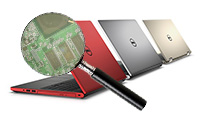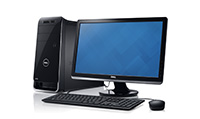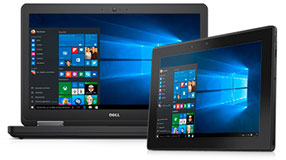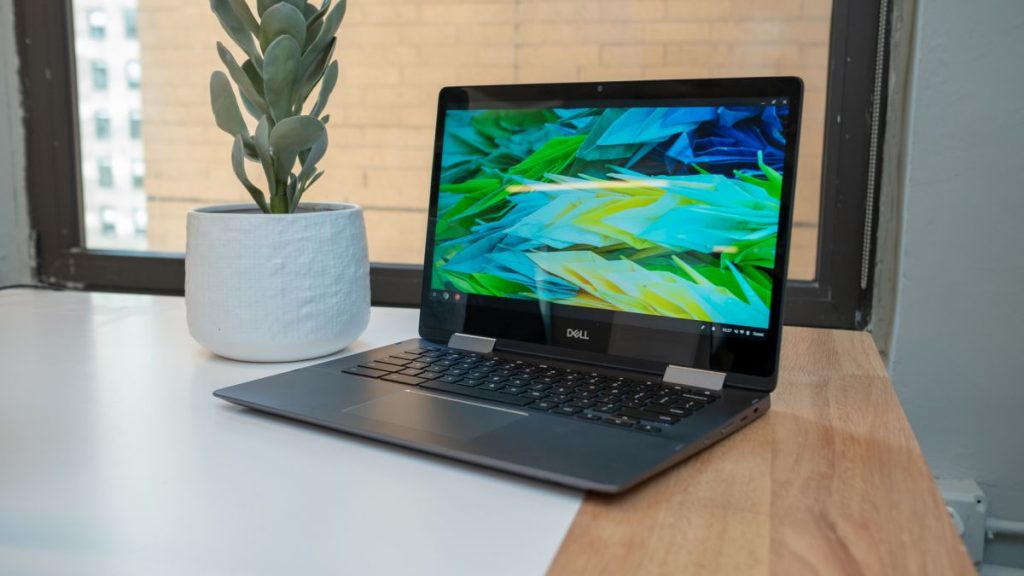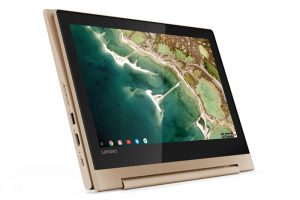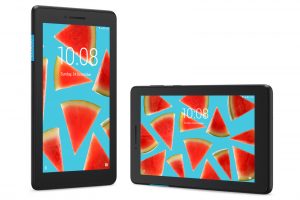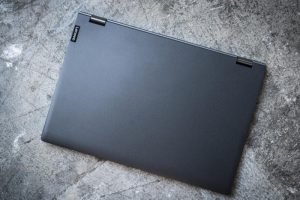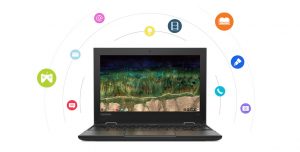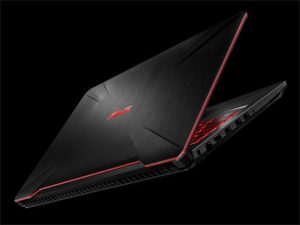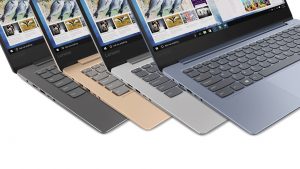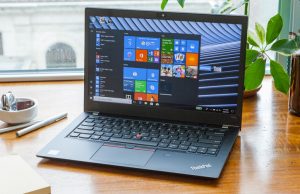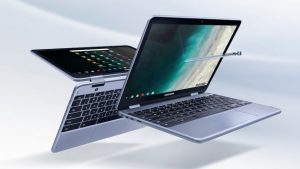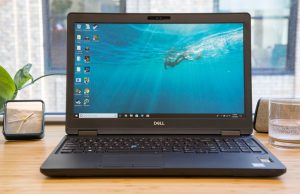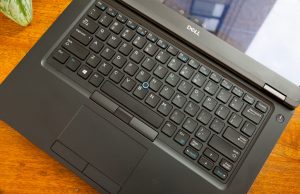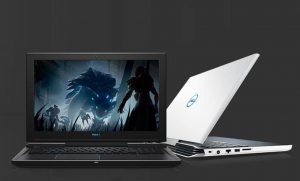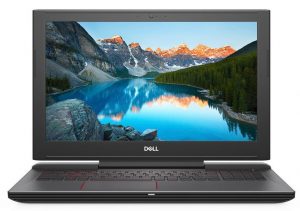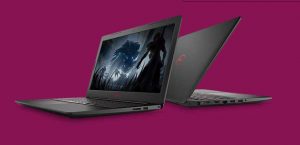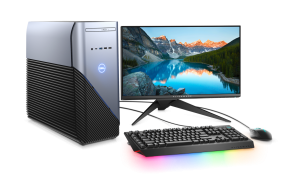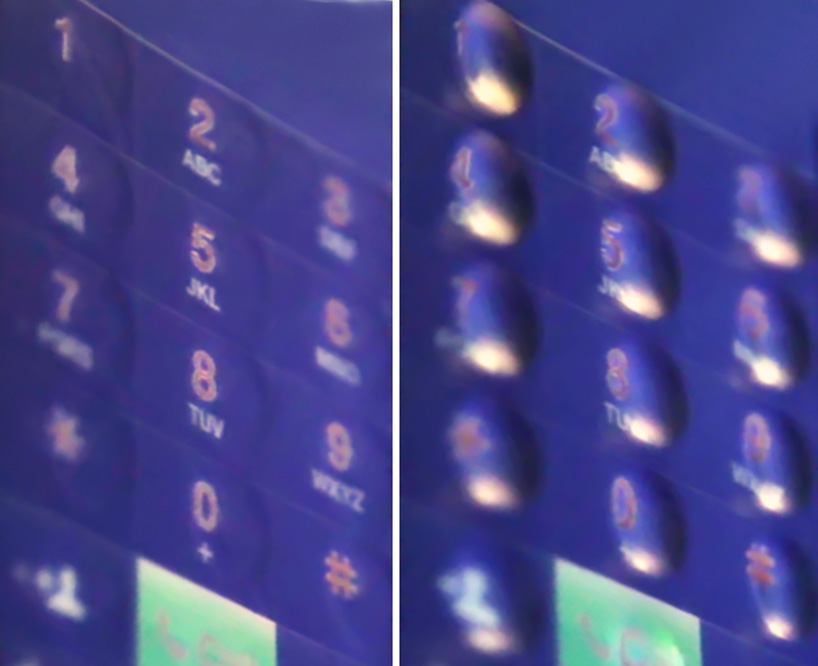

Tactus Technology's 'Tactile Layer' Rises to the Occasion
Tactus Technology based in Fremont, California, has developed 'microfluidic' technology enabling a 'tactile layer' panel, which is the "world's first deformable tactile surface that creates dynamic physical buttons that users can actually see and feel, in advance of entering data" into a device.
In a very literal and physical sense, Tactus Technology has created a new dimension in touchscreen keyboards. Those very real, physical buttons allow users to place and rest their fingers on the buttons, just as they would on a mechanical keyboard, while inputting data by pressing down on the protruding keys. Better yet, as this technology advances it will be possible to customize button locations, shapes, and layouts
That physical, microfluidic technique utilizes a proprietary clear oil formulation to dynamically create or remove physical buttons, or other shapes that rise from the touchscreen, and provide users the experience of a physical keyboard. When not in use, those physical buttons recede back into a touchscreen, leaving little, or no trace of the fact that they were ever there.
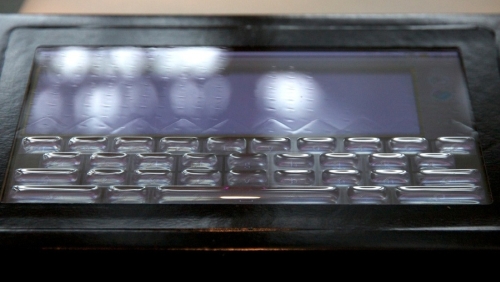

When activated by a software command, that thin tactile layer deforms, as fluid flows through micro-channels, creating either objects or buttons of predetermined firmness, height, shape, and location, which rise up from the surface of a screen. That fluid is then held inside the buttons without requiring additional power consumption, until a software command causes them to 'disappear'. Testing indicates that the power consumption is so low that users can expect less than a two-percent battery drain for an entire day.
What's the Occasion?
- Braille Enabled Devices of All Kinds for Blind Users
- eBook Readers
- Smartphones
- Tablets & Convertible Laptop-Tablet Hybrids
- Automotive Displays
- Navigation Devices
- Gaming Devices
- Medical Devices
- Industrial Controls
- Remotes & Other Home Devices
Attributes & Advantages
- Very low power consumption
- Works in conjunction with already existing touchscreen technologies
- Tactus tactile layer replaces an existing display layer with no additional thickness
- Button locations, shapes, & layouts can be customized
- Scalable size: TV screens to mobile-phones
Assessment
Anyone can see the possibilities for implementing touchscreen, physical Braille as a benefit to blind users. It's enough to give a touchscreen goosebumps; and it does too.
Microfluidic tactile layer technology is somewhat reminiscent of a morphing scene from a Sci-Fi movie. In this case, however, the hyphen is a minus sign, leaving only the 'Sci' remaining. Apparently this is not "The Day the Earth Stood Still".

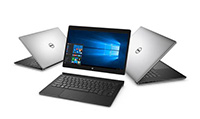 Laptop & Tablet Parts
Laptop & Tablet Parts